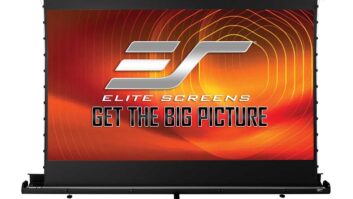New York — When Hewlett-Packard ships its Premium Plus inkjet photo paper to dealers in May, it will bear a seal from Wilhelm Imaging Research certifying its longevity and escalating a long-running dispute among major printer and consumables vendors over what constitutes truth in advertising.
The issue, according to vendors and independent researchers involved, boils down to conflicting ideas as to what constitutes a realistic test to determine the longevity of an inkjet photo print.
The lack of agreed-upon standards among vendors means consumers are not making apples-to-apples comparisons when they buy inkjet paper with competing longevity claims, said Douglas Nishimura, senior research scientist, Image Permanent Institute, and a member of the International Standards Organization (ISO) team currently working on establishing such a standard.
It has also meant that manufacturers can establish test methods that put their products in the most favorable light, said Henry Wilhelm, a print permanence expert and founder of Wilhelm Imaging Research, an independent lab that tests photographic prints for longevity.
Wilhelm singled out Kodak’s Ultima inkjet paper, which proclaimed a lifespan of 100 years on its packaging, as the touchstone for the controversy and the impetus behind the creation of his own label based on his test methodology.
“What Kodak did was take an HP printer and HP inks and used a less rigorous test to beat HP’s longevity numbers,” Wilhelm said, noting that his tests involve more intense light at 450 lux, whereas Kodak only subjected their prints to 120 lux.
Executives from both Hewlett-Packard and Epson protested Kodak’s marketing claim, arguing that the testing methods employed by Kodak were not consistent with the methods employed by Wilhelm.
“Wilhelm is the de-facto industry standard endorsed by almost every manufacturer except Kodak,” said John Solomon, marketing manager, HP. “His testing methods are rigorous, and we feel that until there is an agreed upon ISO standard, that Wilhelm is the next best thing.”
Doug Bugner, senior laboratory head, Kodak, argued that over 30 years worth of research, and a half a million measurements went into Kodak’s testing methodology. “The average home gets about 120 to 150 lux worth of light, I don’t know why others have endorsed 450 lux.”
What’s more, Bugner said, “We test for so-called dark factors that Wilhelm has not until very recently.” These “dark factors,” Bugner explained, involved such environmental elements as ozone, humidity and heat that have a big impact on the life of a print.
Despite the differences, the two sides are moving closer together, though having others “declare that they have a standard does not help,” said Rowan Lawson, home printing director, Kodak.
While industry representatives will meet again in Washington this month to tackle the issue, pressure is growing for a uniform standard to clarify consumer choices as the photo printer market continues its rapid growth.
“We want a standard, whether its ISO or Wilhelm,” said John Lamb, marketing manager, Canon. “Consumers aren’t aware of the dual importance of the ink and paper, and they don’t know what they’re buying.”
“A standard is long overdue,” said Belinda LoPresti, senior marketing manager, Konica Minolta.













